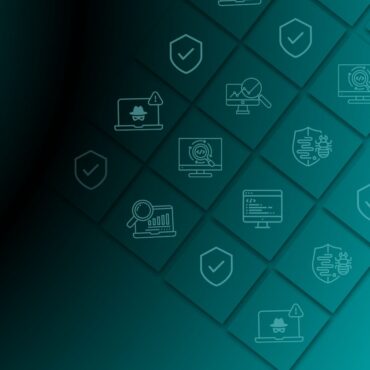
By Elías Cedillo Hernández
CEO and Founder of GrupoBeIT, BuroMC, and Elite Infrastructure Services
Security and network performance are no longer optional—they have become strategic pillars. The report “The Economics of SASE and Zero Trust”, prepared by Deloitte in collaboration with Netskope, offers a clear conclusion: the traditional cybersecurity model is obsolete. Today, the convergence of networking and security through SASE (Secure Access Service Edge) and the principles of Zero Trust is not only safer but also more efficient and cost-effective.
The pandemic accelerated the adoption of remote work and exposed the limitations of traditional architectures. The “hub-and-spoke” model and legacy VPNs, designed for an office-centric world, now create bottlenecks, raise costs, and deminish productivity. Worse yet, they have become attack vectors, as highlighted by CISA’s directive to disconnect compromised VPN products.
By contrast, SASE enables direct and secure connectivity to cloud applications without routing traffic through corporate data centers. This improves user experience, reduces latency, and strengthens security posture.
Zero Trust rests on a simple principle: never trust, always verify. Every access, device, and identity must be evaluated in context before granting permissions. This dynamic approach replaces the old “castle and moat” model, which assumed everything internal was trustworthy.
Deloitte outlines a Zero Trust architecture built on five pillars: identities, workloads, data, networks, and devices. By integrating technologies such as CASB, DLP, ZTNA, and SWG, SASE becomes the natural enabler of this strategy.
Migrating to SASE requires upfront investment, yes. But the financial benefits are compelling:
- Reduced operating and infrastructure costs by eliminating physical appliances.
- Tool consolidation that simplifies management and reduces IT workload.
- On-demand scalability via OpEx subscription models.
- Productivity gains by removing friction in digital resource access.
One case cited in the report shows savings of over USD 9 million in three years simply by consolidating cloud-based security functions.
With 60% of corporate data now residing in the cloud—and 48% of it classified as sensitive—many organizations still lack visibility and control over these applications. The result: costly breaches averaging USD 4.45 million per incident, according to IBM and the Ponemon Institute.
SASE not only reduces these risks but also enables more agile, contextualized responses. In addition, by eliminating hardware dependency, it also contributes to sustainability and corporate responsibility goals.
Adopting SASE is not just a technological decision—it is a cultural transformation. It requires involvement across multiple areas: security, networking, infrastructure, applications, and operations. Success depends on setting clear objectives, defining KPIs (such as productivity, innovation, sustainability), and measuring monetized impact.
More than 59% of cybersecurity leaders plan to adopt managed SASE services within the next three years. The reason is clear: the complexity of the cloud and the shortage of specialized talent make outsourcing management a strategic choice.
Netskope delivers end-to-end services that combine cutting-edge technology with digital transformation expertise, helping organizations accelerate their adoption of SASE with lower risk and higher returns.
The economics of SASE is not just about savings, but about resilience, agility, and competitiveness. In an environment where data, users, and threats are constantly in motion, security must be as dynamic as the business itself.
Adopting SASE and Zero Trust is not a trend—it is a necessary evolution, and as leaders, we must be up to the challenge.
References:











Post comments (0)